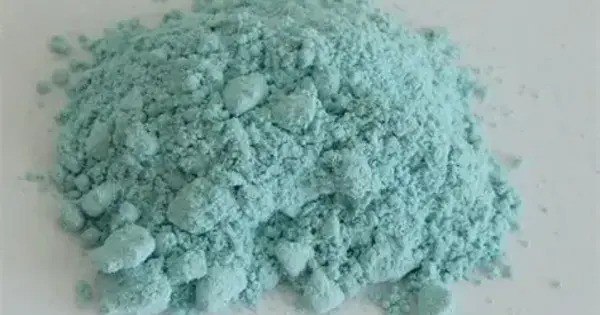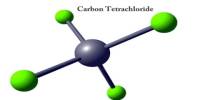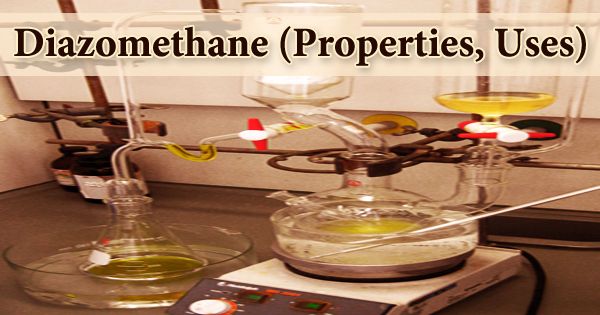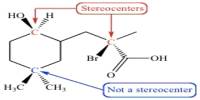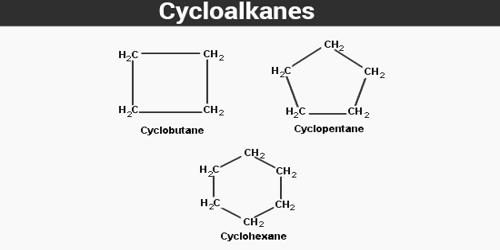Copper benzoate is the chemical compound with the formula Cu(C6H5CO2)2(H2O)x. It is a light blue crystalline powder derived from cupric ions and benzoic acid’s conjugate base. These coordination complexes are derived from the cupric ion and the conjugate base of benzoic acid. Many derivatives are known with diverse ancillary ligands. It has found some use as a source of blue light in fireworks.
Primarily used in pyrotechnics, copper benzoate produces a vibrant blue flame, though its high cost limits its use compared to alternatives like copper carbonate. It can be synthesized by combining aqueous solutions of potassium benzoate and copper sulfate, yielding a pale blue precipitate, or by boiling benzoic acid with copper carbonate. Careful washing is needed to remove sodium ions, which can cause yellow flame dilution.
Properties
The compound is slightly soluble in cold water, acids, and alcohol, and is toxic, requiring handling with gloves and a dust mask. Beyond fireworks, it serves as a catalyst, molecular magnet, and in solar energy and water treatment applications.
- Chemical formula: C14H10CuO4
- Molar mass: 305.7728 g/mol
- Appearance: blue solid
- Density: 1.197g/cm3
Preparation
In laboratory, copper benzoate can be made by combining aqueous solutions of potassium benzoate with copper sulfate. Hydrated copper benzoate precipitates as a pale blue solid:
4 C6H5CO2K + 2 CuSO4·5H2O → Cu2(C6H5CO2)4(H2O)2 + 2 K2SO4 + 8 H2O
Synthesis
Copper benzoate can be synthesized via:
Reaction of Benzoic Acid and Copper Carbonate: Boiling benzoic acid and copper carbonate in water until the reaction completes, forming a precipitate that is dried.
Reaction of Benzoate Salts with Copper Salts: Combining aqueous solutions of potassium or sodium benzoate with a soluble copper salt (e.g., copper sulfate) produces a green or pale blue precipitate of copper benzoate, which is filtered, washed, and dried. Careful washing is needed to remove sodium ions, which can cause yellow flame dilution in pyrotechnic applications.en.wikipedia.orgpyrodata.comcopper-chemistry.
Natural Occurrences
Copper benzoate does not occur naturally in significant quantities. It is a synthetic compound derived from benzoic acid, which itself occurs naturally in many plants as an intermediate in the biosynthesis of secondary metabolites. Copper, the metal component, is found naturally in ores and was historically mined in places like Cyprus, but copper benzoate is produced industrially or in laboratories.
Uses
The primary use of this compound is in the production of a blue flame in fireworks. Copper benzoate made from sodium benzoate for use in fireworks may result in strong yellow dilution of the flame unless the precipitate is carefully washed to remove sodium ions (which emit bright yellow). Emission from potassium does not complicate the emission spectrum.
- Pyrotechnics: Primarily used to produce vibrant blue flames in fireworks due to copper’s emission spectrum. It is often combined with ammonium perchlorate (e.g., 82/18 ratio) to create high-quality blue stars. Its hybrid structure (benzoate fuel linked to copper) reduces the need for additional fuels, making it cost-effective compared to alternatives like copper carbonate.en.wikipedia.orgpyrodata.
- Catalysis: Cupric benzoate monohydrate serves as a catalyst in preparing positive resist compositions with sulfonium compounds for high-resolution and minimal line edge roughness.
- Research and Materials: Used as a building block for complex coordination compounds, copper catalysts, and molecular magnets.
- Other Uses: Investigated for applications in solar energy and water treatment due to its non-aqueous solubility.
Safety Considerations
- Handling: Wear protective gear (dust mask, gloves, goggles) to avoid inhalation or contact. It is toxic and can cause respiratory irritation.pyrosource.fandom.
- Storage: Store in a tightly closed container in a cool, dry, well-ventilated area, away from incompatible materials like food.
- Disposal: Dispose of via licensed chemical destruction plants or controlled incineration with flue gas scrubbing.
